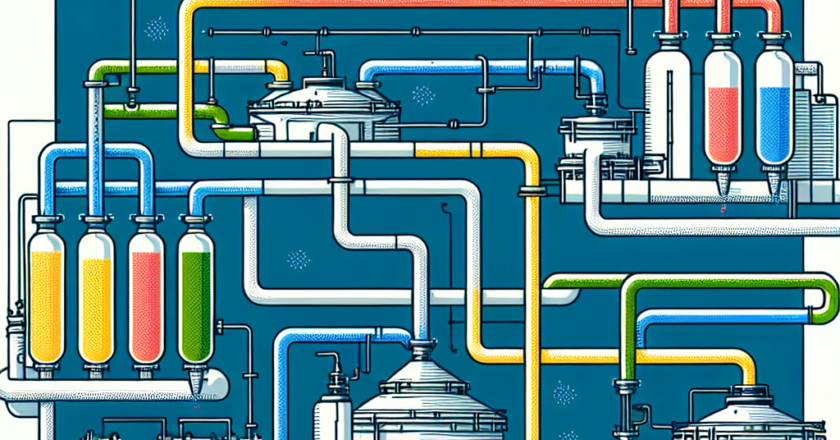Nipah Virus Polymerase Complex Structure Revealed: Advancing Towards Treatments
Nipah Virus Polymerase Complex Structure Solved
Main Points:
- Nipah virus is a zoonotic virus carried by fruit bats.
- It has a high mortality rate and currently no vaccines or treatments.
- Researchers utilized cryo-electron microscopy (cryo-EM) to reveal the structure of the Nipah virus polymerase complex.
Author's Take:
Unraveling the structure of the Nipah virus polymerase complex through advanced imaging techniques is a remarkable breakthrough in our understanding of this deadly virus. Such insights could pave the way for the development of targeted treatments and vaccines to combat Nipah virus infections more effectively.
Click here for the original article.










